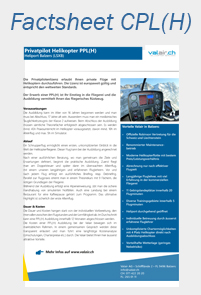Commercial Pilot CPL(H)
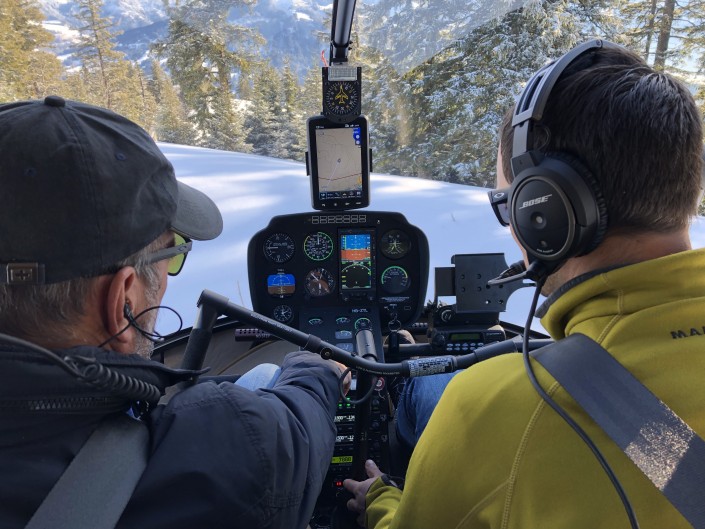

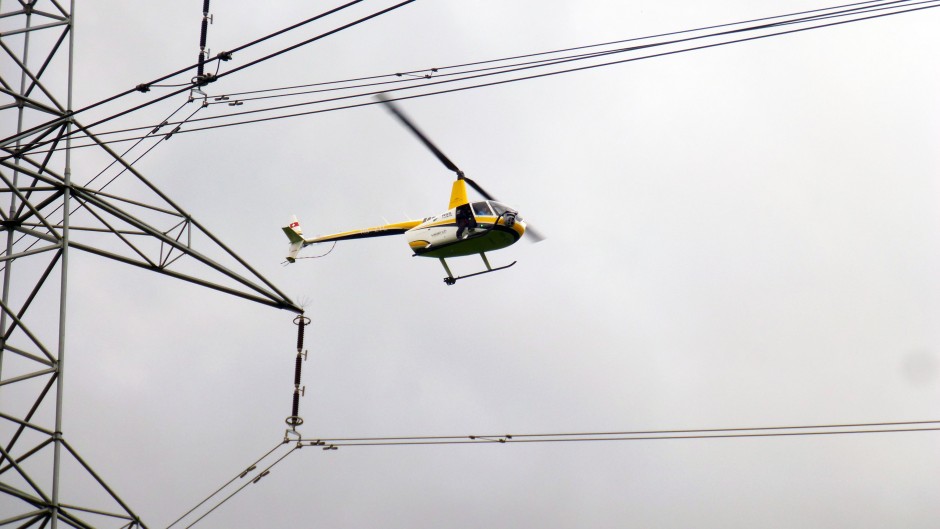
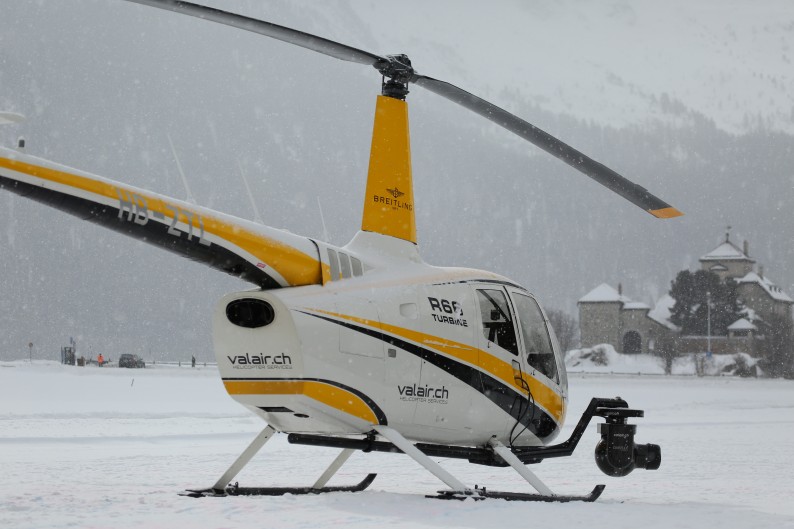
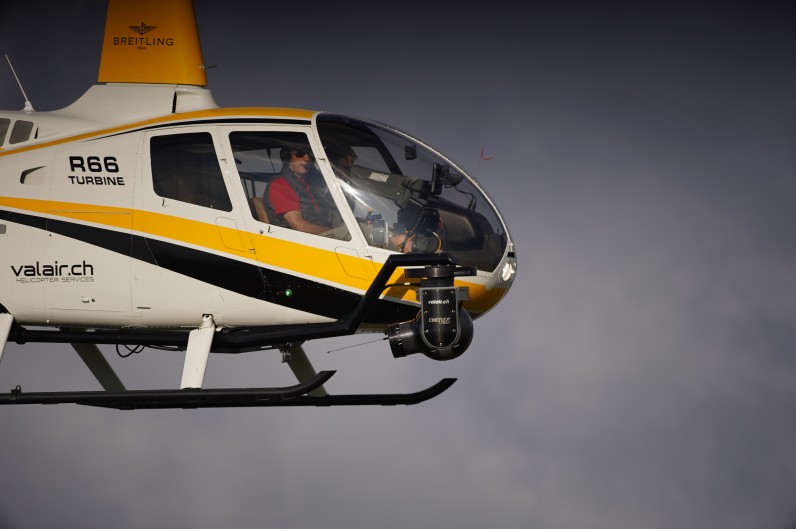
A commercial helicopter pilot license entitles you to be employed by a helicopter operator and perform commercial flights.
The prerequisites to obtain a CPL(H) are as follows:
- 18 of years of age
- Medical Class 1
- Minimum flight experiences as detailed below
To complete your CPL training you can choose from 2 different options:
Modular Course
This is the most chosen option and includes the modular training by obtaining a PPL license first. After having collected valuable flight experience by performing private flights or additional training courses (such as type ratings or mountain rating), the CPL training course can be started with a minimum flight experience of 155h (whereof 55 need to be as pilot in command).
At the final check flight with an examiner, a minimum of 185h flight time need to be logged and within the framework of this training course at least 10h of simulated instrument flight (whereof 5h can be completed on a simulator), as well as 5h of night flight.
The modular course allows you to complete the training alongside your job.
Valair takes extra care to prepare their students for the job-market in the helicopter industry and puts a major emphasis on simulated missions such as powerline control, foto- or taxi-flights.
Integrated course
This option leads you directly to a CPL license without any prior experience or via a PPL license. The course takes between 9-24 months and is done full time. Within the integrated framework a total flight experience of 135h need to be logged to complete the course.
Theoretical Studies
The CPL training encompasses an extensive theoretical course, where the exams themselves need to be made at the FOCA headquarter in Berne. The CPL theory is done exclusively in English. There are different courses and levels than can a candidate can choose from:
- CPL(H) – This is the standard theory for a CPL(H) license and the least extensive. A bridge course to an ATPL level is however not possible.
- ATPL(H) – The ATPL is the highest pilot license and standard in airline business. If the theory courses are done on ATPL level, you have fulfilled the option to transfer your CPL(H) license into an ATPL(H) license once all other requirements have been met (e.g multi-crew time etc.). There are two different types of ATPL theory courses than one can choose from:
- ATPL-VFR: Limited to the knowledge of visual flight rules on airline level. A bridge course to later obtain a full instrument rated ATPL theory is possible.
- ATPL-VFR/IR: Full ATPL theoretical course incl. instrument flight rules. This option is recommendable if you can fore example see your career in offshore flying.
Valair recommends its students to choose the theoretical course on an ATPL level, as most candidates choose to do so today. Lacking an ATPL theory could lead to a disadvantage on the job market. The extra effort in the range of +20%-30% is manageable.
General subjects:
10 Air Law
040 Human Performance
050 Meteorology
061 Navigation
062 Radio Navigation
091 VFR Communications
Helicopter specific subjects:
021 General Aircraft Knowledge
022 Instrumentation
031 Mass & Balance
033 Flight Planning
034 Performance
071 Operational Procedures
082 Principles of Flight
Transition to commercial operations
The training will be completed by passing a check ride with an examiner of the FOCA. After obtaining the CPL(H)-License the transition into a commercial operation of a company will follow. Different internal guidelines and checks are required before being allowed to perform the first commercial flight. This is mostly to ensure that the new pilot gets to know the processes and regularly receives repetition trainings. This for example includes:
- Operational Proficiency Checks OPC (every 6 months)
- Line Flying Under Supervision LIFUS (for every new type of operation)
- Line Check (every 12 months)
- Various theoretical courses e.g. dangerous goods, airport security etc.
- Emergency Asset Management Training ESET
One should accommodate these extra check flights in their timetable and budget.

